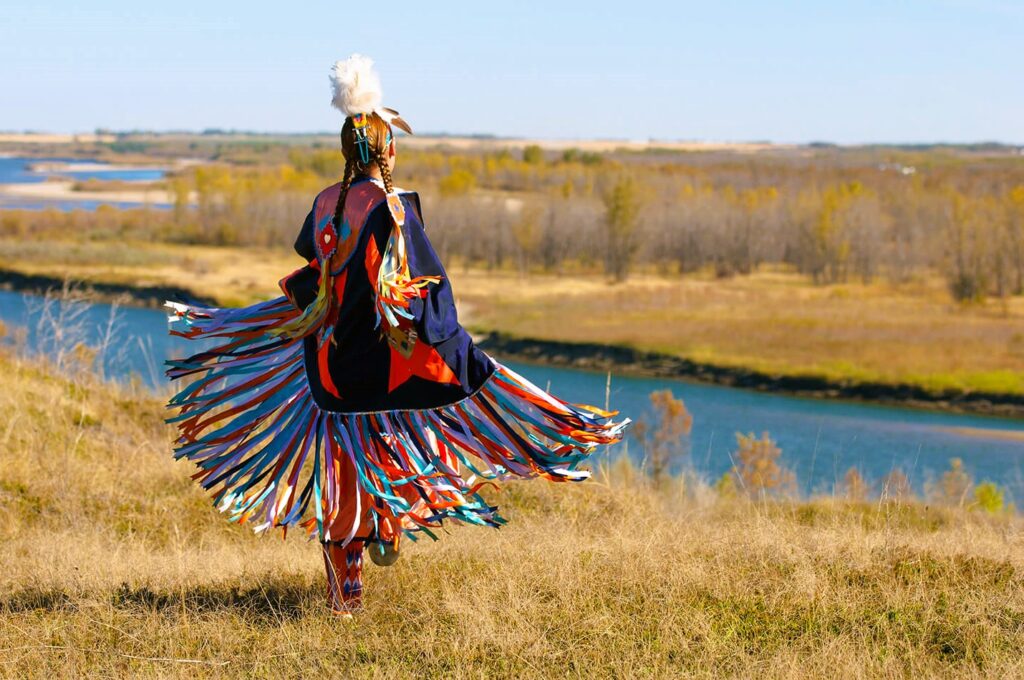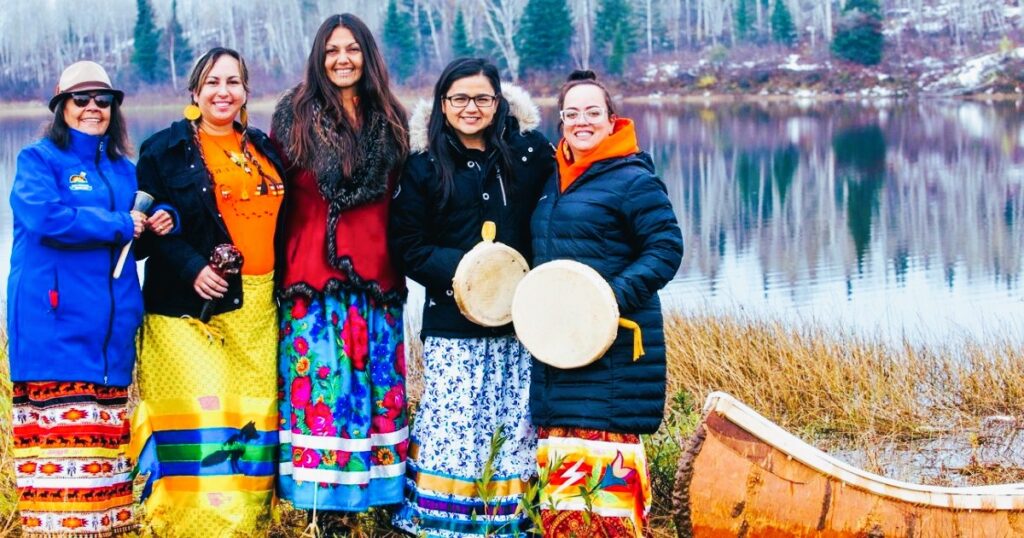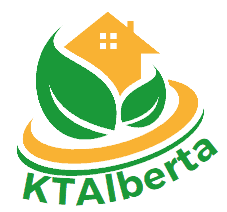The province of Alberta, nestled in the heart of Canada, is home to a rich tapestry of Indigenous cultures and traditions. Throughout history, Indigenous communities have inhabited and cared for the land in ways that are deeply intertwined with their spiritual beliefs, social structures, and sustainable practices. These land stewardship practices, honed over generations, offer valuable insights into harmonious coexistence with the environment and hold significant lessons for modern conservation efforts. Alberta’s Indigenous land stewardship practices provide a holistic perspective that recognizes the interconnectedness of all living beings and the land they inhabit.
Cultural Foundations of Indigenous Land Stewardship
Indigenous land stewardship is rooted in a profound respect for the natural world and a recognition of humanity’s role as caretakers of the Earth. For many Indigenous nations in Alberta, the land is not merely a resource to be exploited but a sacred entity with which they share a reciprocal relationship. Traditional teachings emphasize the importance of living in harmony with the land and other living creatures, fostering a sense of responsibility to protect and preserve the environment for future generations.
Traditional Ecological Knowledge

One of the cornerstones of Indigenous land stewardship is the utilization of Traditional Ecological Knowledge (TEK). TEK encompasses the cumulative wisdom, practices, and teachings passed down through generations. This knowledge often includes an intricate understanding of local ecosystems, seasonal cycles, and the behavior of plants and animals. Indigenous peoples in Alberta have relied on TEK to guide their hunting, fishing, and gathering activities, ensuring that resources are used sustainably and in accordance with the land’s natural rhythms.
Cultural Burning Practices
Fire has long been recognized as a powerful tool for shaping landscapes, and many Indigenous communities in Alberta have employed cultural burning practices for centuries. These controlled burns serve various purposes, including clearing underbrush, promoting the growth of certain plant species, and preventing larger, uncontrolled wildfires. Cultural burning is not only an effective land management technique but also a demonstration of Indigenous peoples’ deep understanding of fire’s role in maintaining healthy ecosystems. The environmental impact of energy efficient windows, read more in our article.
Conservation of Biodiversity
Indigenous land stewardship practices prioritize the preservation of biodiversity. Many Indigenous communities in Alberta have developed intricate systems of resource management that ensure the sustainable use of plants, animals, and other natural resources. Traditional hunting and fishing protocols, as well as seasonal migration patterns, help prevent overexploitation and support the long-term health of ecosystems.
Collaborative Approaches to Conservation
In recent years, there has been a growing recognition of the importance of integrating Indigenous knowledge and perspectives into contemporary conservation efforts. Alberta’s Indigenous communities are increasingly engaged in collaborative partnerships with government agencies, non-profit organizations, and academic institutions to develop conservation strategies that blend Western scientific methodologies with Indigenous knowledge. These partnerships respect the autonomy and sovereignty of Indigenous nations while fostering a united front against environmental challenges.
Challenges and Opportunities
While Indigenous land stewardship practices offer valuable insights, they also face challenges in the modern world. Displacement, colonization, and ongoing resource development have disrupted many traditional practices and strained the relationship between Indigenous peoples and the land. However, there is a growing movement to revitalize Indigenous knowledge and promote the resurgence of land stewardship practices.
Government and Organizational Support
Both the provincial and federal governments of Canada have taken steps to support Indigenous land stewardship. Programs and initiatives have been established to facilitate the incorporation of Indigenous knowledge into environmental policies, resource management, and land-use planning. Organizations like Canada.ca and the Alberta Indigenous Relations also play a role in promoting dialogue, understanding, and collaboration between Indigenous communities and other stakeholders.
In Conclusion

Indigenous land stewardship practices in Alberta represent a profound philosophy of interconnectedness and responsibility toward the environment. These practices have sustained Indigenous communities for millennia and offer valuable lessons for modern conservation efforts. By recognizing the wisdom embedded in Indigenous knowledge and engaging in collaborative partnerships, Alberta has the opportunity to blend the best of both worlds — traditional wisdom and contemporary science — to create a more sustainable and harmonious future for all.
For more information about Indigenous land stewardship practices and related policies in Alberta, you can visit Canada.ca and explore the relevant sections on Indigenous relations and environmental conservation.
Recommended literature for review:
- “Windows and How They Work” by John S. Reynolds
- “Residential Windows: A Guide to New Technologies and Energy Performance” by John Carmody and Stephen Selkowitz
- “Window Technology: A Guide to New and Replacement Windows” by Bruce D. Johnson

